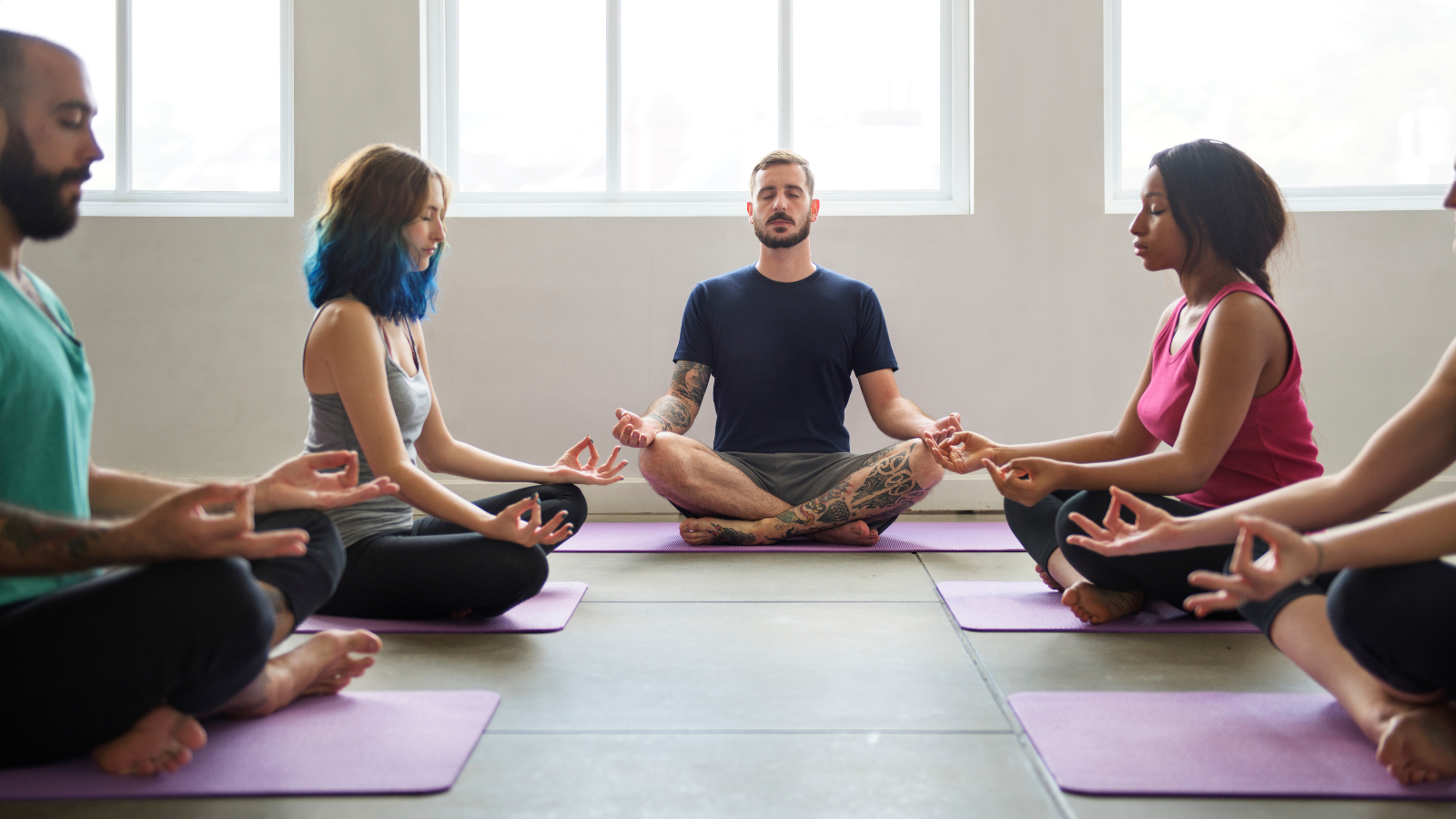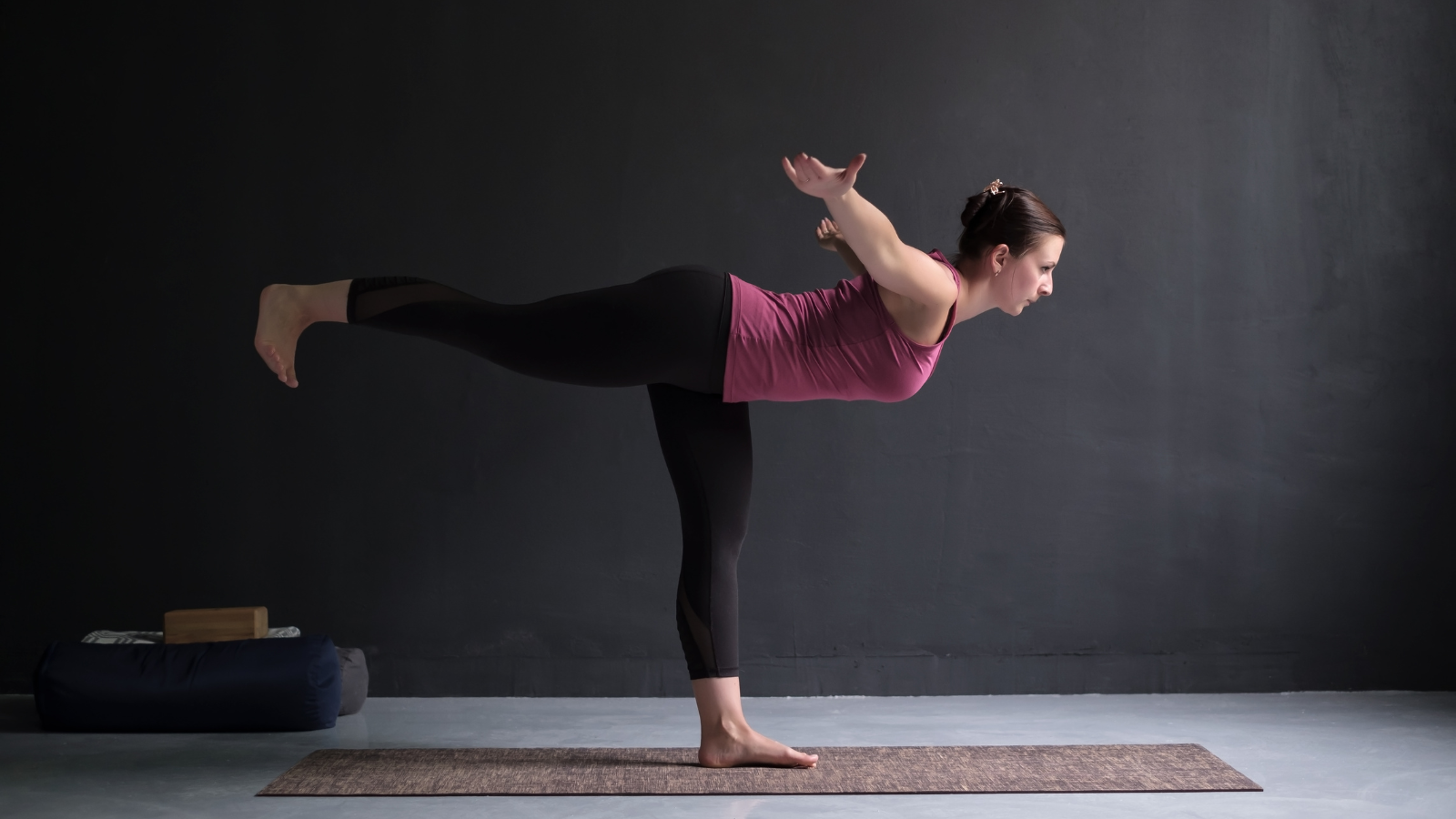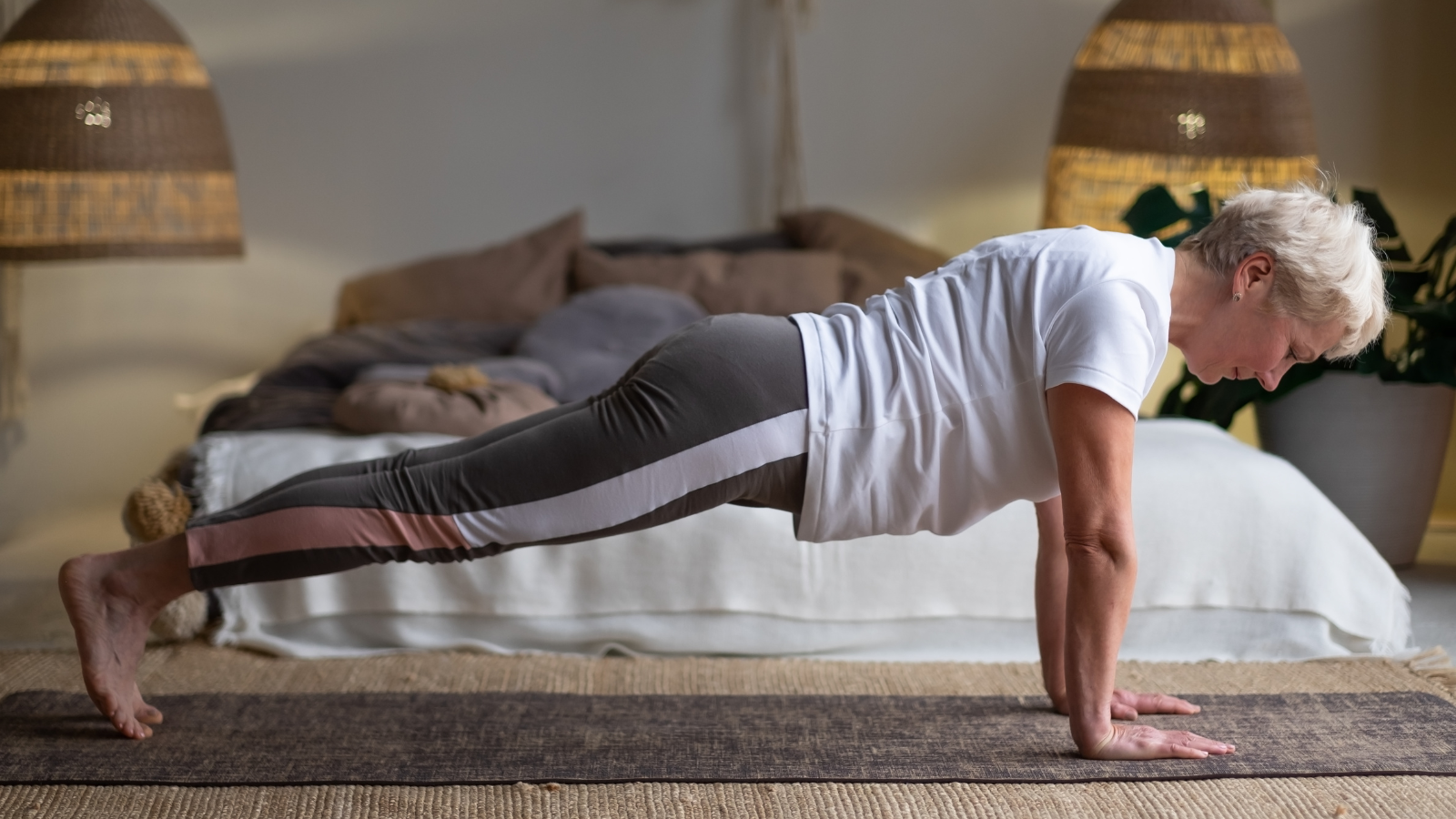Manage Stress for a Stronger Core

Article At A Glance
When it comes to figuring out how to build a stronger core, most people tend to think it begins and ends with strengthening the abdominal muscles. But there’s much more to the core than that.
Yes, it’s a multi-layered group of muscles that includes your abs—rectus abdominis (six-pack), transverse abdominis, and internal/external obliques. But the hips, pelvis, and lumbar spine, as well the network of muscles, tendons, ligaments, and connective tissue that support them, also comprise the core—and those are only the musculoskeletal components.
What Is the Core?

Additionally, from a physical therapy perspective, the core is a reflexive, automatic system of spinal decompression and support. It’s a dynamic structure of brain input, breath synchronization, and postural alignment. It should help create visceral (organ) mobilization and pelvic floor support.
This is why we teach our clients how to build a mind-body-spirit connection to their core—not just how to strengthen it. Because there’s a big difference between working out your core and having a core that works.
In everyday life, your core should support you with just the right amount of work for the task at hand. For example, if your bones are stacked well—and your three pressure valves that maintain and control your intra-abdominal pressure (which is vital for stabilizing the spine) are also stacked on each other and working well—you shouldn’t have to actively engage your abdominal muscles or your butt muscles when you’re standing to support your spine. This should happen without you thinking about it.
How Stress Affects the Core
Often though, stress can change how the brain and body speak. When we’re feeling safe and secure, the brain sends signals to our muscles for optimal, efficient movement. But when we’re under stress, feeling disconnected, or anxious, our mind has a harder time delivering clear messages to our muscles to contract properly.
How to Manage Stress for a Stronger Core

So what do you do? Manage the stress to help you build a stronger core. This is where spirit comes in, and mindfulness practices can help you find joy, meaning, a larger view of yourself. Yoga, meditation, breathing exercises, journaling, and nature walks are just some ways to build greater self-awareness and help you manage stress. This helps your brain send clearer, less high-tone contract signals to the muscles.
How to Refine Your Cues to Help Build a Stronger Core

Even when you’re feeling good and emotionally regulated, however, something else that can weaken this core connection is the type of cues used in class. Verbal instructions should help clients learn to move differently, better, and with more ease. This is why we use simpler cues less frequently and more analogies.
For example, you could cue Plank Pose (Phalakasana) by telling students to expand the body with tension from head to toe like a toilet paper holder, rather than using segmental cues like: “push the floor away,” “squeeze your butt,” “elbow creases forward,” “tuck your chin,” “don’t round your spine.”
If you are trying to help someone move better, studies show that movement-skill acquisition is better with these types of cues. They are relatable, memorable, meaningful, and just make a lot more sense to people. And the more you can do to support a clear core-brain connection—be it by learning to manage stress better, or simplifying the commands you task it with—the stronger your core will truly be.
Also, read...
Free Yoga Video: Breathing for Pelvic Floor Health: Two Practices to Deepen Your Breath
How Healthy Is Your Nervous System: Polyvagal Theory Made Simple
Related courses
Breath as Medicine: Yogic Breathing for Vital Aging
Yoga and Myofascial Release: Releasing Chronic Tension with the Bodymind Ballwork Method

Diana Zotos Florio is a physical therapist, yoga teacher, certified strength and conditioning specialist, mother of three, and the cofounder of Threes Physiyoga Method. A constant mover, she loves all forms of exercise and considers movement to truly be medicine.
Prior to founding TPM, Diana spent seven years working as a physical therapist at the Hospital for Special Surgery treating anyone from inpatient joint replacement patients to professional marathon runners. She’s been practicing yoga for over 20 years and has always treated her patients through the lens of yoga. Diana completed yoga teacher training at OM Yoga in NYC in 2010.



